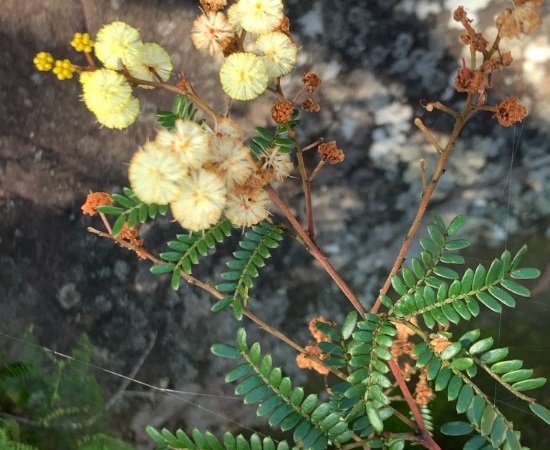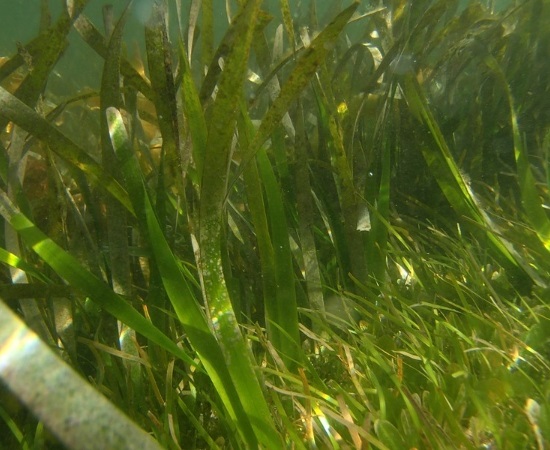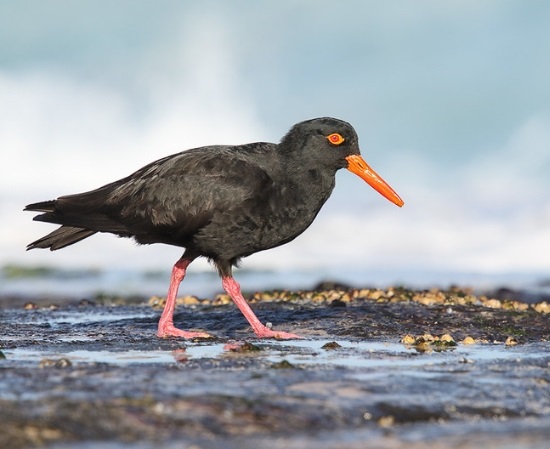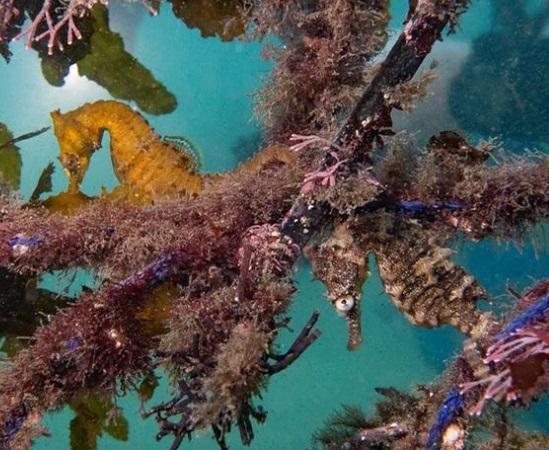Threatened Species
Meet the Locals
Across NSW we have nearly 1,000 native plants and animals facing extinction.
In Woollahra our local native plants and animals rely on our bushland reserves, local parks, beaches, backyards and harbour waters for their survival. Some of them are just hanging on as they find ways to survive in our densely populated urban areas. Our local area is home to 12 animals and 4 plants listed as threatened species.
Threatened fauna species include
- Little Penguin (Eudalypta minor)
- Sooty Oystercatcher (Haematopus fuliginosus)
- Large Bent-Winged Bat (Miniopterus orianae oceanensis)
- Southern Myotis (Myotis macropus)
- Powerful Owl (Ninox strenua)
- Common Scaly Foot (lizard) (pygopus lepidopodus)
- Grey-headed Flying Fox (Pteropus poliocephalus)
- Greater Broad Nosed Bat (Scoteanax rueppellii)
- New Holland Mouse (Pseudomys novahollaniae)
- Water-Rat (Hydromys chrysogaster)
- Red Crowned Toadlet (Pseudophryne australis)
- Seahorse (Syngnathidae) Hippocampus spp.
Listed flora species include
- Sunshine Wattle (Acacia terminalis subsp. Eastern Sydney)
- Nielsen Park She-Oak (Allocasuarina portuensis)
- Magenta Cherry (Syzigium paniculatum)
- Seagrass (Posidonia Australis)
Are you a threatened species whizz?
See if you can guess some of our local threatened species from the clues below.
- Which threatened plant is named for the colour of its flowers and is known to have ants disperse its seeds?
- Which threatened bird loves to eat shellfish, has pink legs and can be spotted on rocky harbour foreshores?
- Which threatened plant forms a natural underwater nursery for a range of juvenile fish?
- Which threatened mammal uses sound to navigate, eats moths and can use stormwater canals for habitat?
- Which surprising creature sees the male giving birth to 100-250 young?
You’ll find the answers as we introduce you to some of the locals below.
You may have spotted some of our local threatened species but there are likely to be some you’ve never seen or heard of. Let’s get to know just a few of our special locals.
Sunshine Wattle (Acacia terminalis subsp. Eastern Sydney)
This erect or spreading shrub grows up to 5 metres tall and has pale yellow flowers which appear in autumn. Small birds and bees are natural pollinators of Sunshine Wattle. The seeds are dispersed by ants and will germinate with fire.
Sunshine wattle is found in several local reserves including Cooper Park and Gap Park where we are helping to protect new plants as they establish.

Large Bent-Wing Bat (Miniopterus orianae oceanensis)
This species of microbat has chocolate to reddish-brown fur on its back and slightly lighter coloured fur on its belly. It has a short snout and a high 'domed' head with short round ears. It weighs only 20 grams but has a wingspan of 30 - 35 cm. These microbats roost in caves and stormwater tunnels and come out at night to hunt for moths and other flying insects above the tree tops.
The sounds made by these bats have been recorded at many of our local parks including Trumper Park.
Watch our Microbats webinar with research scientist Dr Leroy Gonsalves below.
Seagrass meadows (Posidonia Australis)
Seagrasses are strappy marine plants that stabilise sediments and help to protect water quality in our harbour. They provide nursery habitat and feeding grounds for many fish species including bream, sea mullet and leatherjacket. They also provide habitat and protection for Weedy Seadragons and Little Penguins and migratory shorebirds.
Seagrass is impacted by boating activity and pollution but can still be seen near our harbour beaches.

Image: Eyeweed
Sooty Oystercatcher (Haematopus fuliginosus)
The Sooty Oystercatcher is black shorebird that is easy to spot with its long red bill, red eyes and pink legs. These birds live on rocky coastal shores and will feed on molluscs, crabs, marine worms, starfish and sea urchins.
Look for them around the rocks next time you’re visit Bottle and Glass point at Nielsen Park.

Image: Leo Oystercatcher
White’s Seahorse (Hippocampus whitei)
White's Seahorse is usually very well camouflaged in various shades of brown, grey and black but can change its colour as part of courtship. Amazingly, male seahorse is the one to become pregnant, supporting around 100 - 250 babies in a pouch until they give birth.
Seahorses hide in weedy habitats of Sydney Harbour including near some of our beaches.

Image: John Turnbull
What are we doing to help protect our threatened species?
- Monitoring the diversity of species in our local reserves.
- Maintaining, protecting and restoring bushland reserves.
- Supporting our dedicated Bushcare volunteers.
- Protecting populations of seahorses near our swimming areas.
- Installing infrastructure to trap pollutants and improve water quality.
- Providing community education programs for urban biodiversity.
What can you do to help protect our threatened species?
More information: